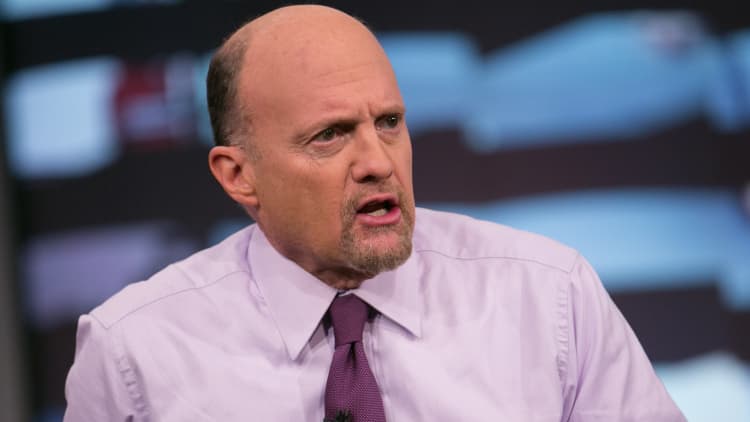
As Tesla gets ready to begin production on its much-anticipated Model 3 sedan, the company posted a wider-than-expected fourth-quarter loss, despite sales coming in a bit better than expected.
The company also said its former chief financial officer, Deepak Ahuja, would return to the company next month, replacing Jason Wheeler, who plans to leave at the end of April.
Ahuja retired from Tesla in 2015, and was in the CFO post when the company went public.
Tesla likely will be looking for additional financing this year, although Chairman and CEO Elon Musk said during the company's earnings conference call that the company has enough cash on hand to bring out the Model 3.
However, he added, by not doing so would now would bring the company "close to the edge," which he said was "probably not the best thing for shareholders."
"I think it makes sense to raise capital to reduce risk," Musk said, but did not give any indication of timing.
Cash increased by $300 million, from $3.1 billion at the end of the third quarter, to $3.4 billion in the fourth quarter.
Tesla expects its Model 3 is "on track" to begin production in July, and reach volume production by September. During the call, Musk said the company still has a long line of reservation holders for the car, but would not offer a specific number, because "people read too much into it."
The company plans to produce 5,000 Model 3 vehicles per week before the end of the fourth quarter of this year, and reach 10,000 per week "at some point in 2018," Tesla said in its shareholder letter.
During the fourth quarter, the company said it received a record number of orders for its Model S sedan and Model X sport utility, and it expects to deliver 47,000 to 50,000 Model S and Model X vehicles in the first half of the year.
These strong sales helped boost fourth-quarter revenue to $2.28 billion from $1.21 billion a year ago, outpacing expectations of $2.19 billion.
Here's how the company did versus analysts' forecasts:
- Loss per share: 69 cents a share vs. a loss of 43 cents per share, expected by a Thomson Reuters consensus forecast.
- Revenue: $2.28 billion vs. $2.19 billion expected by Thomson Reuters.
Tesla's net loss narrowed to 78 cents a share in the latest quarter from a loss of $2.44 a share in the year ago period. However, after excluding a gain, the company lost 69 cents a share on a non-GAAP basis, which compares to the loss of 43 cents a share analysts were expecting, according to Thomson Reuters.
During the quarter, Tesla acquired SolarCity, adding $77 million of cash to its business in the six weeks following the close of the deal. However the company also added $85 million of solar-related operating expenses.
Later this year, Tesla said it plans finalize locations for its third, fourth, and possibly a fifth Gigafactory. The company already has one Gigafactory in Nevada, where it makes batteries and will make Model 3 components, and a second factory in New York where it makes solar power products.
Musk said on the conference call that management thinks the company's storage business "will grow twice as fast" as the automotive business.
Still, the Model 3 rollout represents a big step for the company, as it will mark Tesla's transition — in the auto industry — from a small niche manufacturer of high end electric vehicles to a mass market manufacturer.
Tesla "is now reaching the point where it is going to have to jump off the pier and swim with the sharks," said Jack Nerad, executive editorial director and executive market analyst for Kelley Blue Book.
"I would think one thing a lot of people of might largely ignore is the leap it takes — and it is a big leap, across a gorge really — to go from being a specialty manufacturer of high end electrics to being a high volume seller," Nerad told CNBC on Tuesday. "You have a lot of spinning plates. Actually building the car is not the most difficult of tricks you have to pull off."
Tesla will have to manage selling cars and providing service at a local level, master its product cadence (the pace at which old models are replaced by new ones), and myriad other aspects of becoming a much bigger company than it currently is.
That could be a challenge given the company's track record of production shortfalls. Tesla said in early January that its production fell slightly short of its target 80,000 vehicle deliveries for 2016, at 76,230.
Tesla shares were approaching an all-time high early last week, but have since retreated. Even so, the stock is still about 54 percent higher than it was a year ago.
(CORRECTION: An earlier version of this story misstated the Thomson Reuters estimate.)


